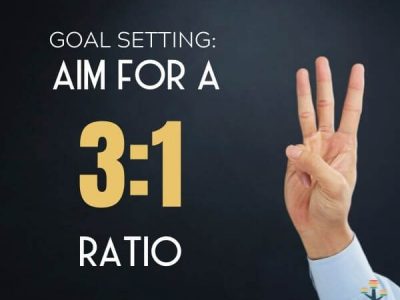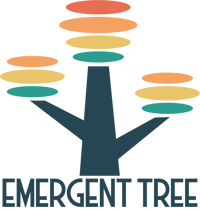Behavior is commonly cited as one of the main reasons teachers leave the profession. In particular, 50% of early career teachers leave the profession. But professional development paired with coaching is one of the most effective strategies for keeping teachers in the profession and building their skill set. However, it can be difficult to find simple ways to gather the necessary data and start these critical conversations when there are so many things pulling administrators and coaches in different directions. 
3 key measures for coaching conversations about classroom management & behavior
Today we wanted to share some simple data points that can help start these critical conversations and guide goal-setting discussions when coaching teachers in classroom management and behavior interventions. These evidence-based measures are easy to observe and are a great way to make a meaningful difference in the quality of classroom management.
Below are three key measures that can guide self-reflection and coaching conversations with teachers in the area of behavior:
1. Student Engagement
One of the best indicators of effective instruction is level of student engagement. This is best measured using a momentary time sample of students in the class.
A momentary time sample is conducted by looking at one student at a time, marking their engagement in that single moment and then moving to the next student to repeat the process. The level of engagement is displayed as a percentage of the whole class.
Students can be unengaged for a variety of reasons including the quality or type of instruction. But engagement can also be impacted by behavior components, such as lack of clear expectations, low structure, or the presence of disruptive behaviors. The level of student engagement can be triangulated with other data measures to guide teacher self-reflection and to determine a coaching focus.

2. Acknowledgement to Correction Ratios
When it comes to behavior it is imperative to understand positive: negative ratios – or more accurately referred to as acknowledgment to correction ratios. This measure demonstrates how often a teacher is focusing on the expected behaviors vs. challenging behaviors.
Research indicates that optimal classroom function occurs when teachers can maintain at least a 3:1 ratio of acknowledgments to corrections. But research also indicates that keeping the optimal ratio can be challenging given all the other demands placed on teachers.
Regularly reviewing these ratios can help refocus teacher efforts throughout the year.

3. Explicitness & Connectedness
Acknowledgment can occur frequently without providing an instructional benefit. When teachers find themselves increasing acknowledgments but not finding the anticipated impact, digging deeper into how the acknowledgment is delivered in the next step.
Maintaining a 3:1 ratio is helpful – but acknowledgments should also be explicit and connected. Instead of “Good Job” teachers could be more explicit by saying “I saw you get your materials out and start on your bell ringer as soon as you walked into the room.” This is much more explicit providing additional instruction to students about what behaviors as expected.

Besides explicitness – acknowledgments should be connected to a common set of school-wide core values. Using the examples above – If a campus has core values of Be Safe, Be Respectful, Be Responsible adding “You showed RESPONSIBILITY when you got your materials out and started on your bell ringer…” takes an explicit acknowledgment to a connected one.
Teachers can achieve exponential impact by being explicit and connected in their acknowledgments.
Learn more about coaching for classroom management?
Supporting teachers as they work to become confident and competent with managing classroom behavior challenges isn’t always easy. This year we’ve committed to creating systems to help principals, behavior coaches, and other instructional leaders gain the resources they need to help balance this difficult part of their job more effectively and with less stress.
To get more information about any of our classroom coaching webinars and tools, connect with us at info@emergenttree.com




Comments